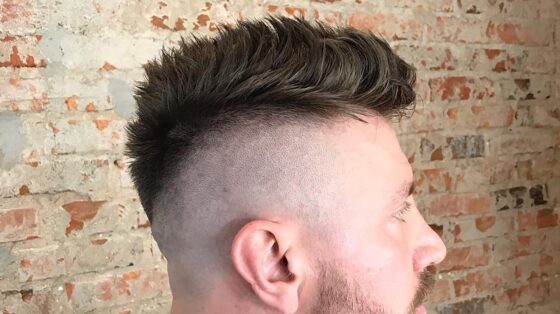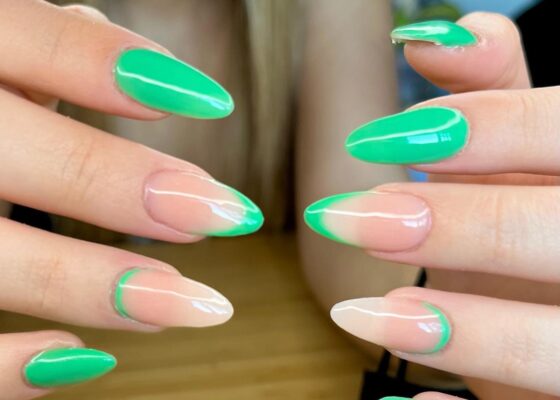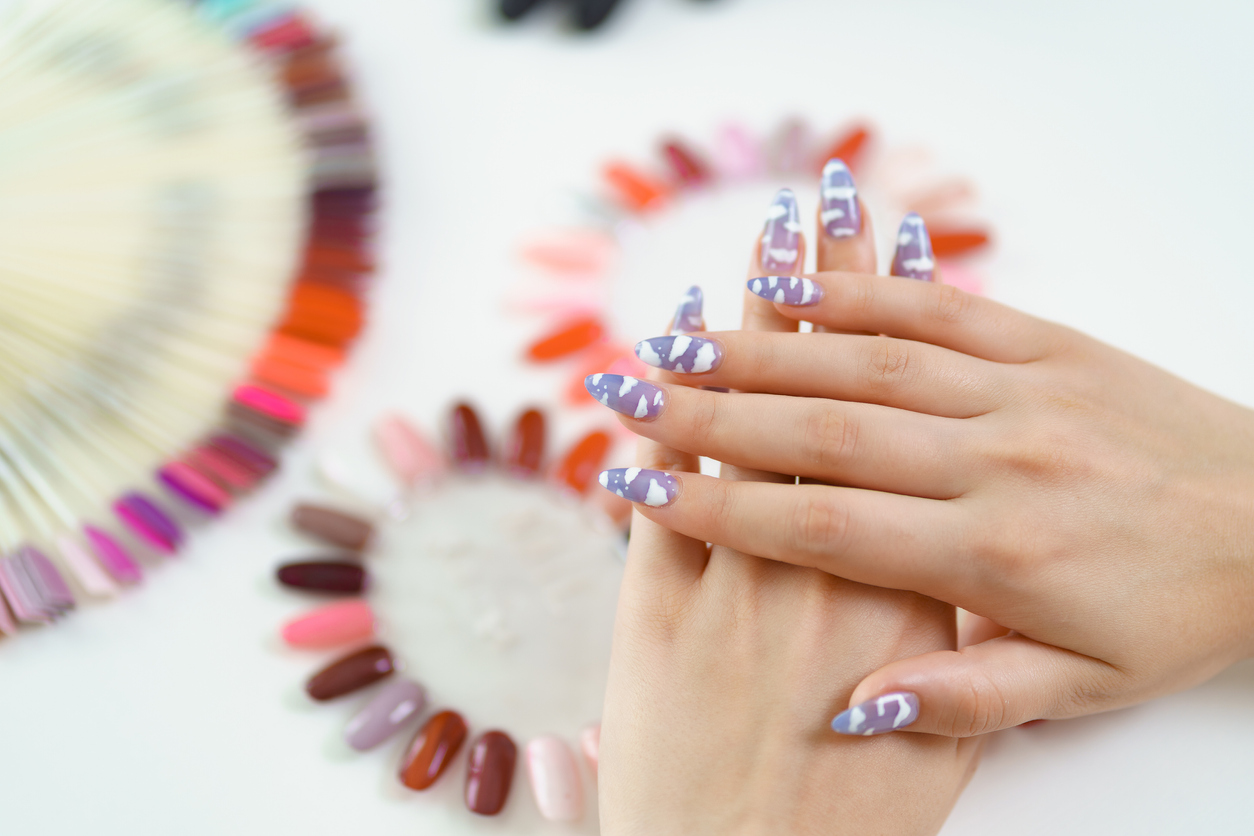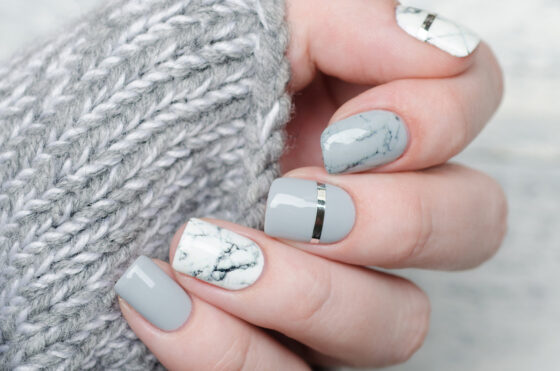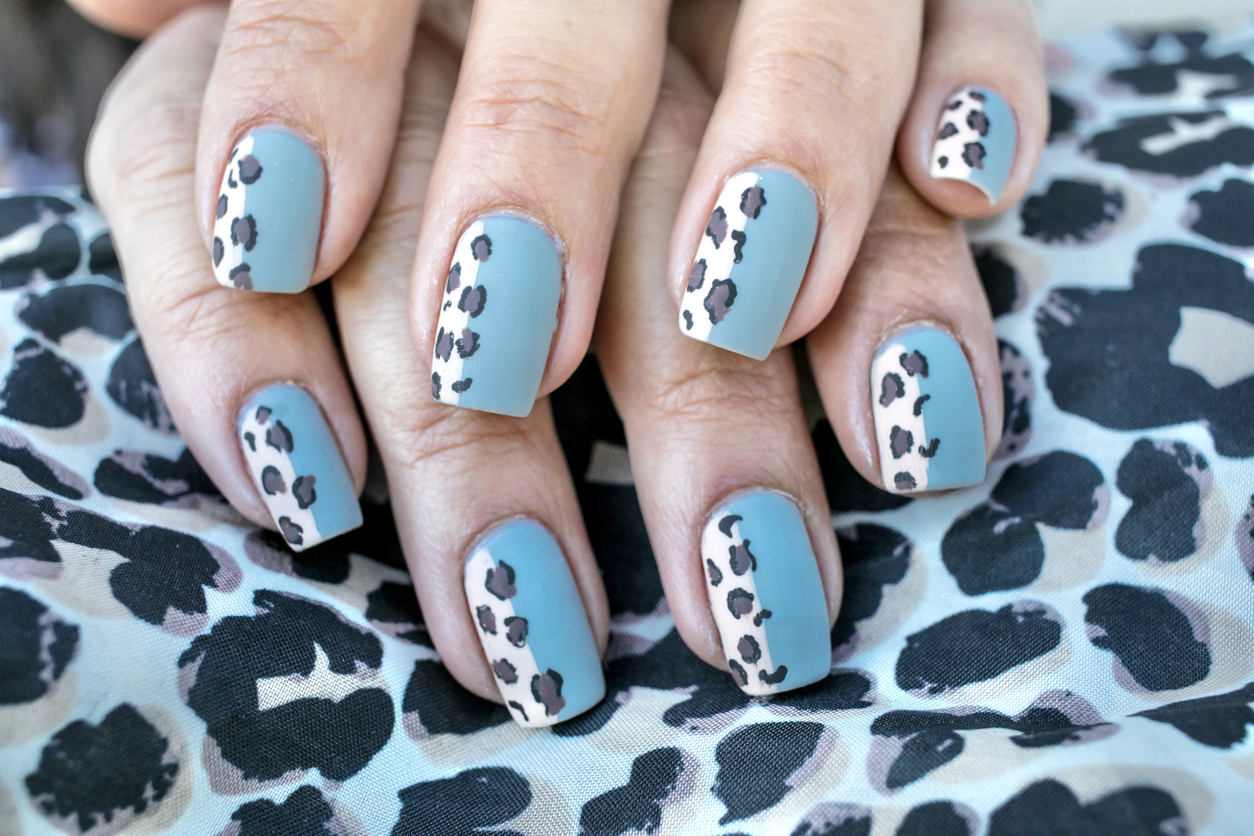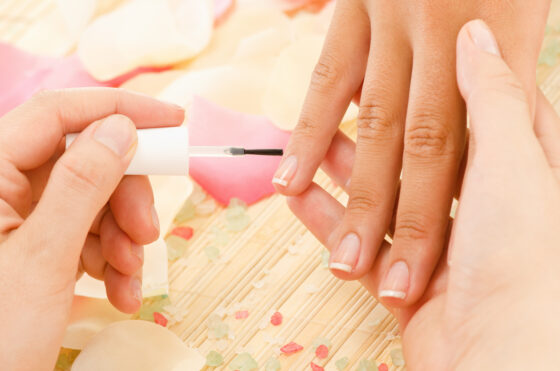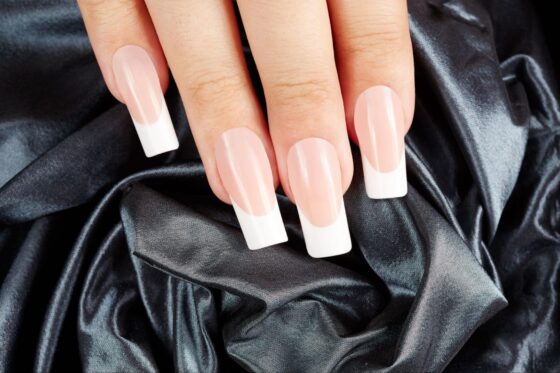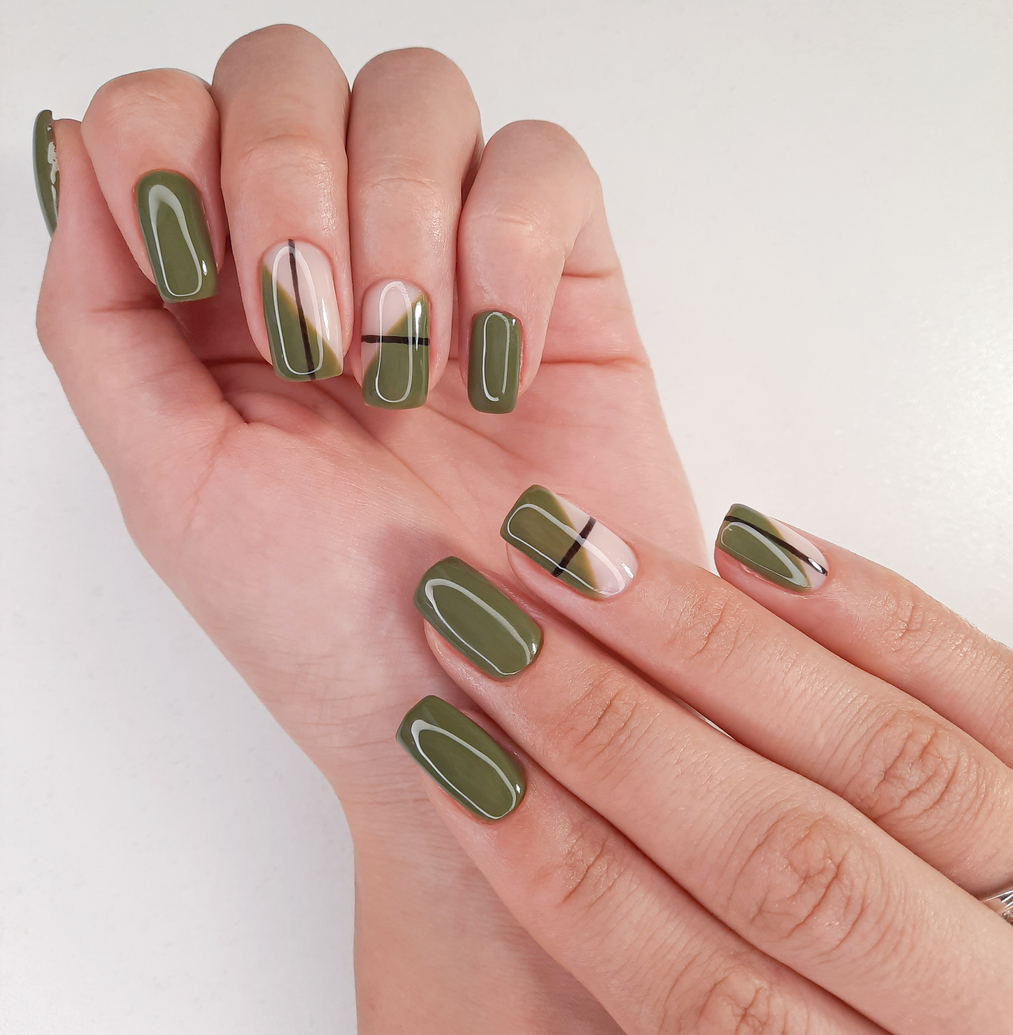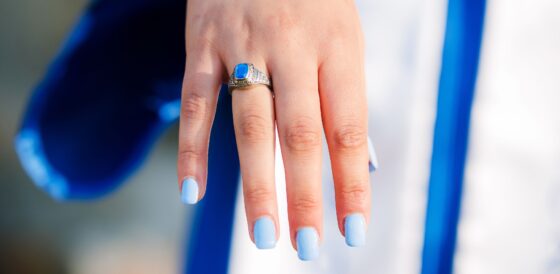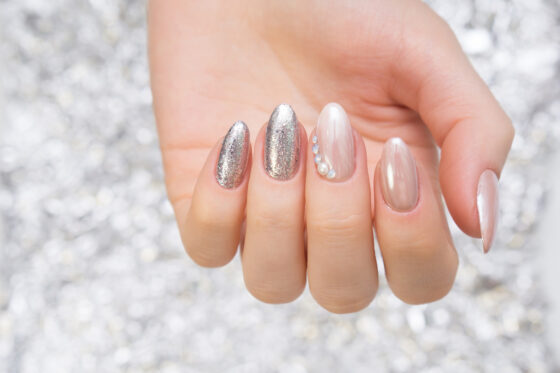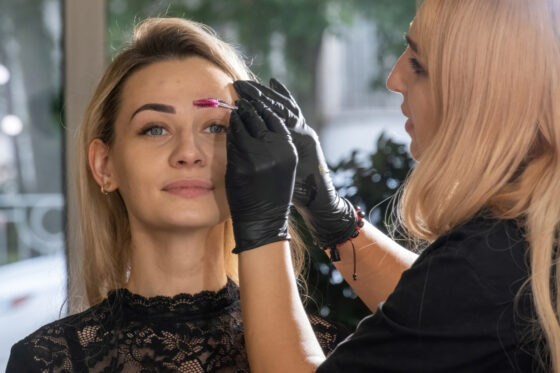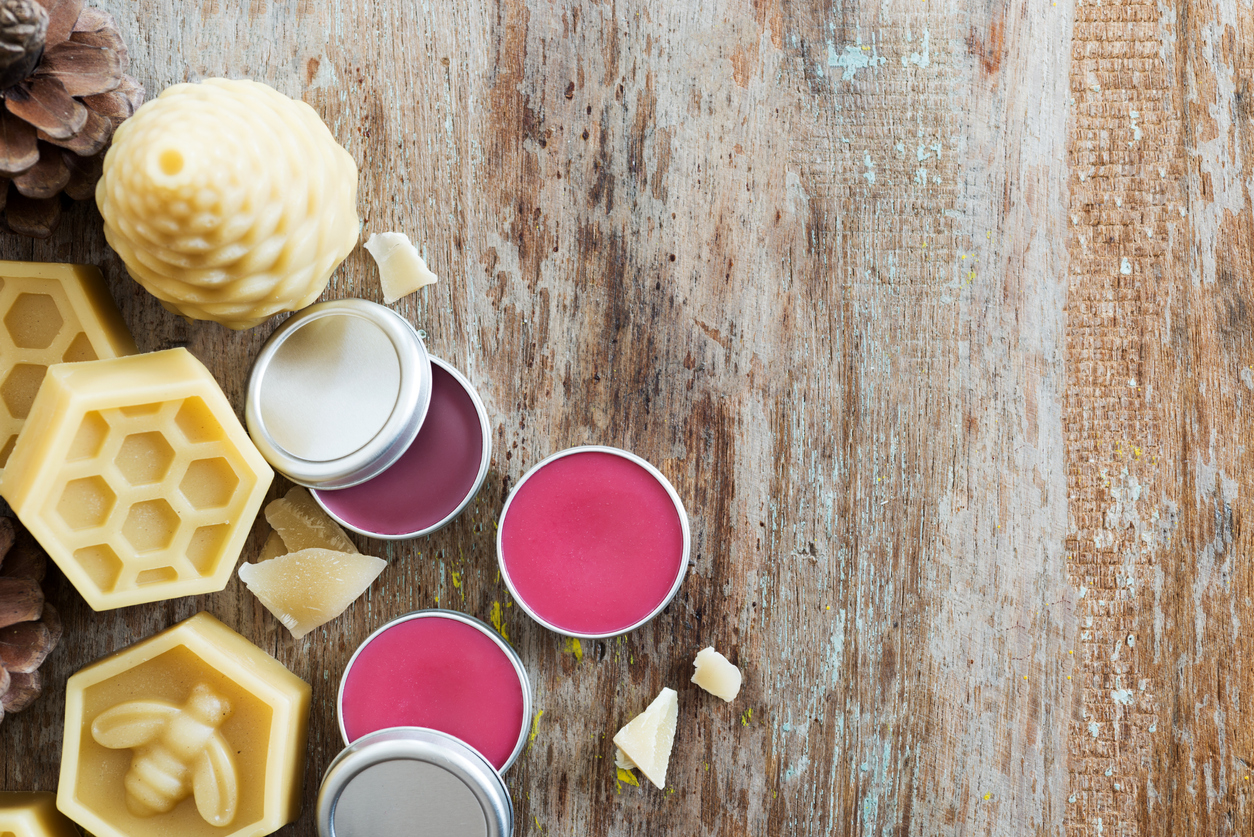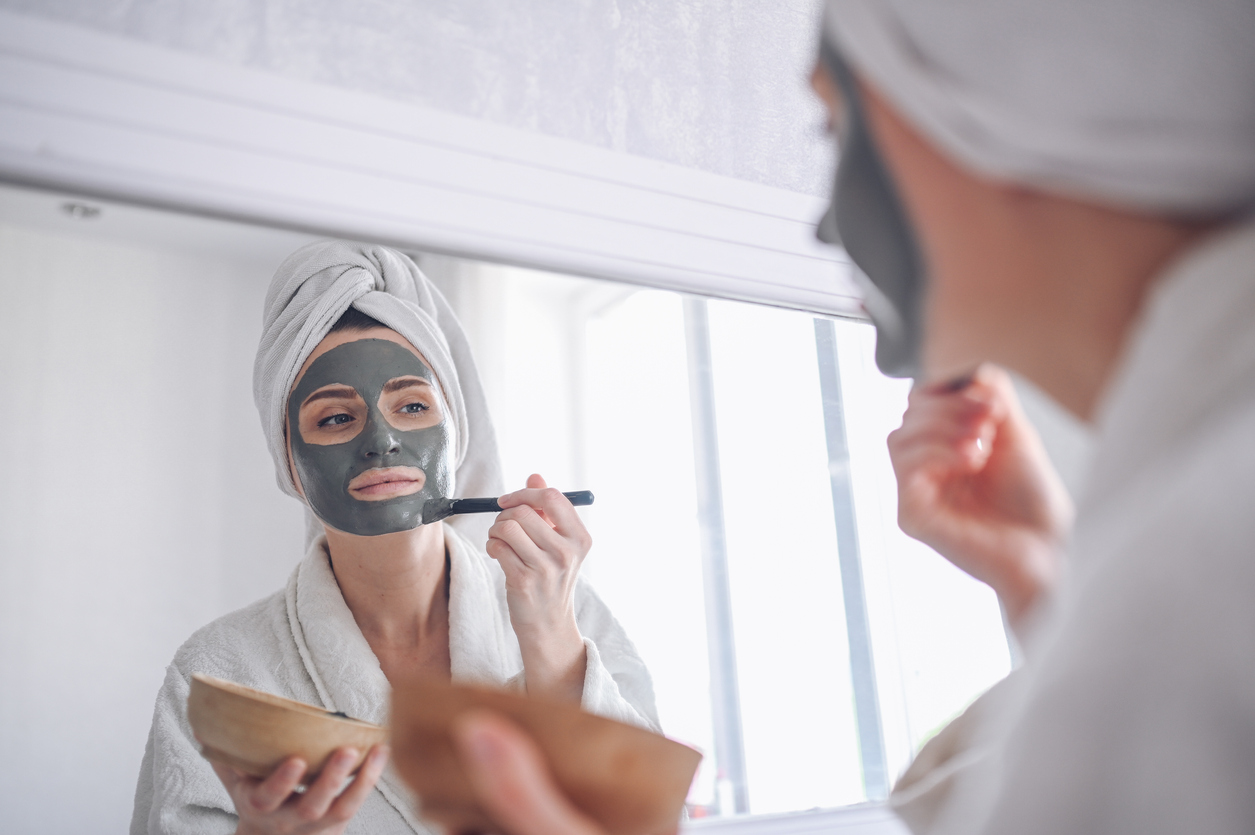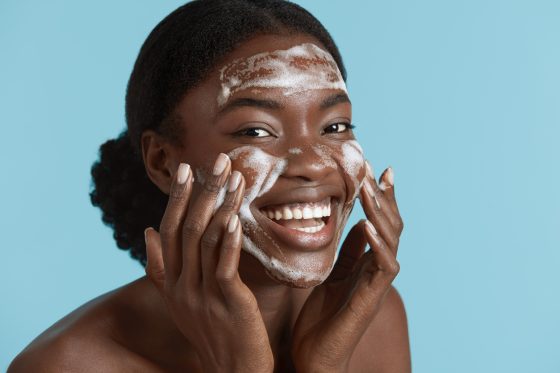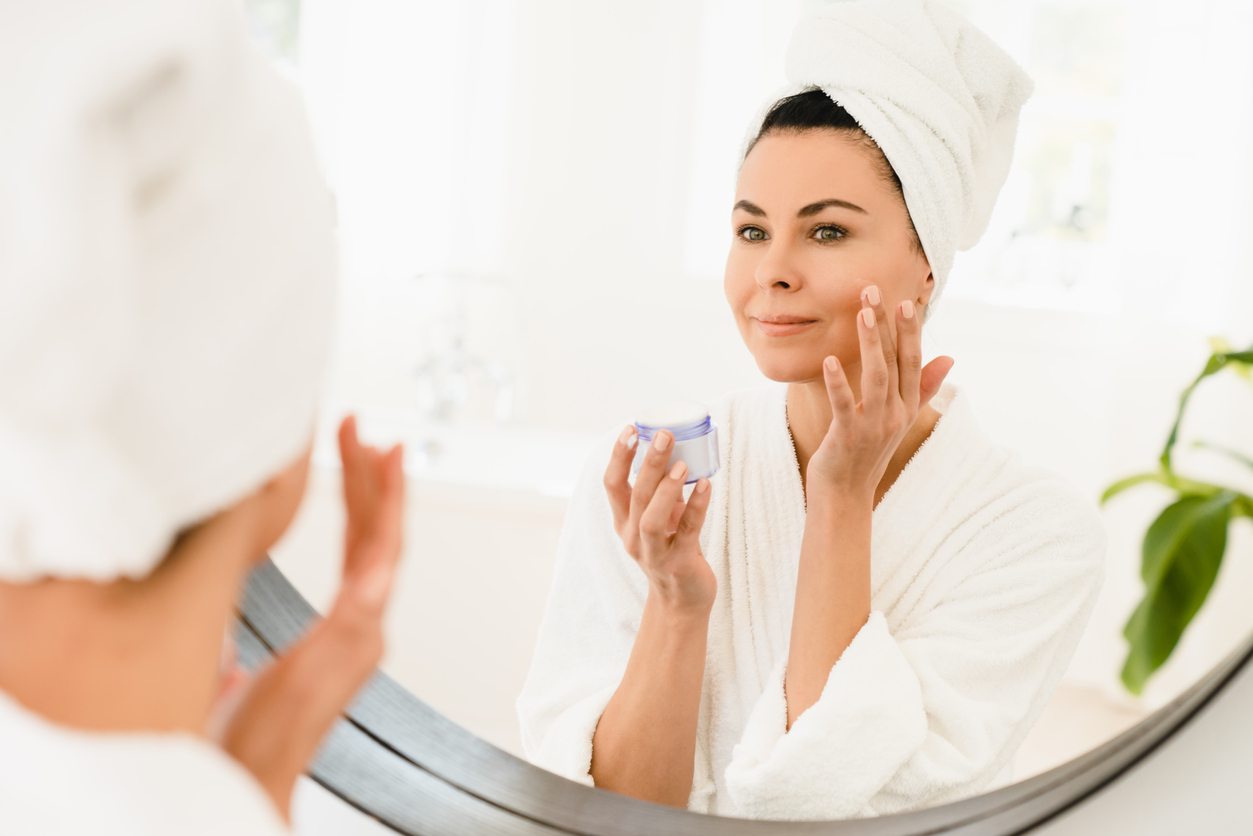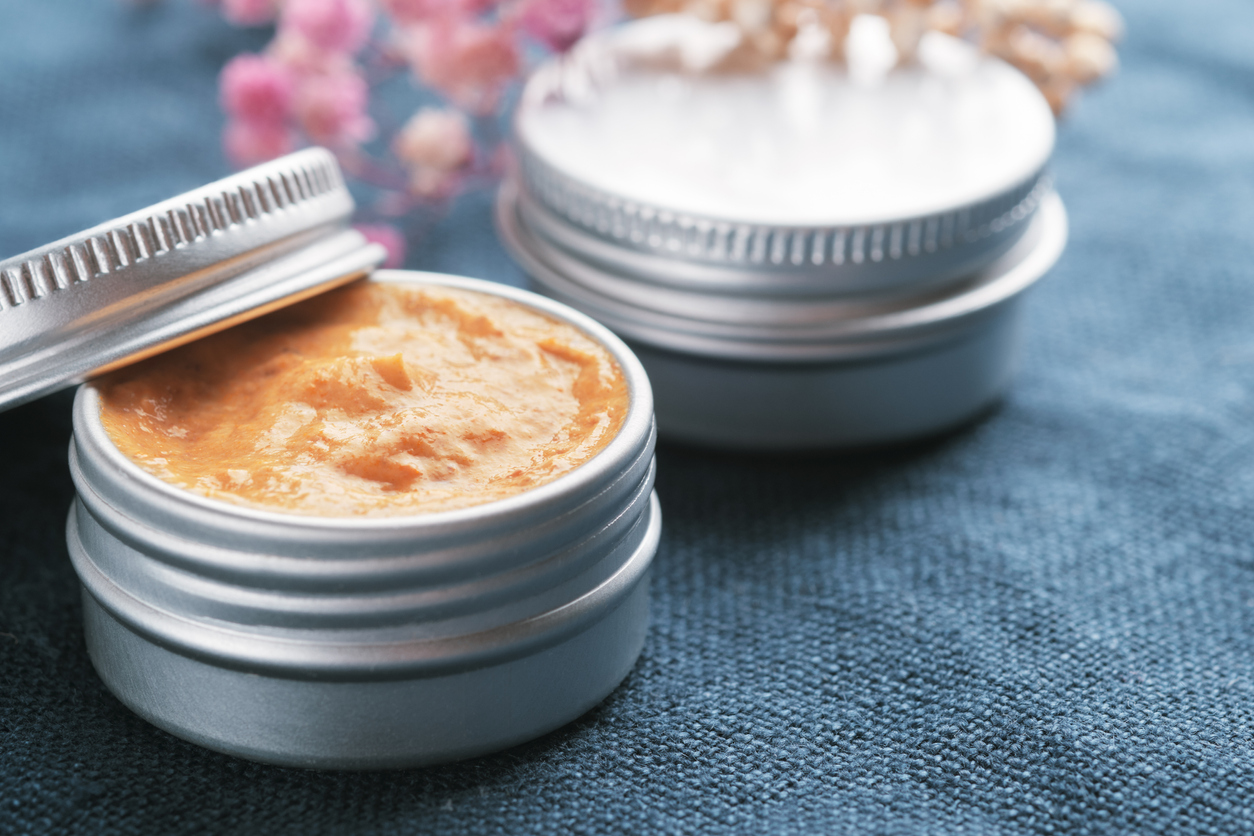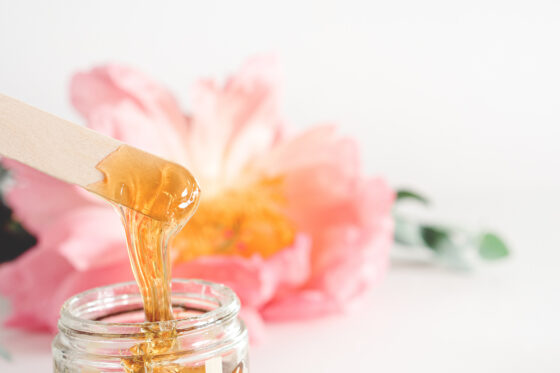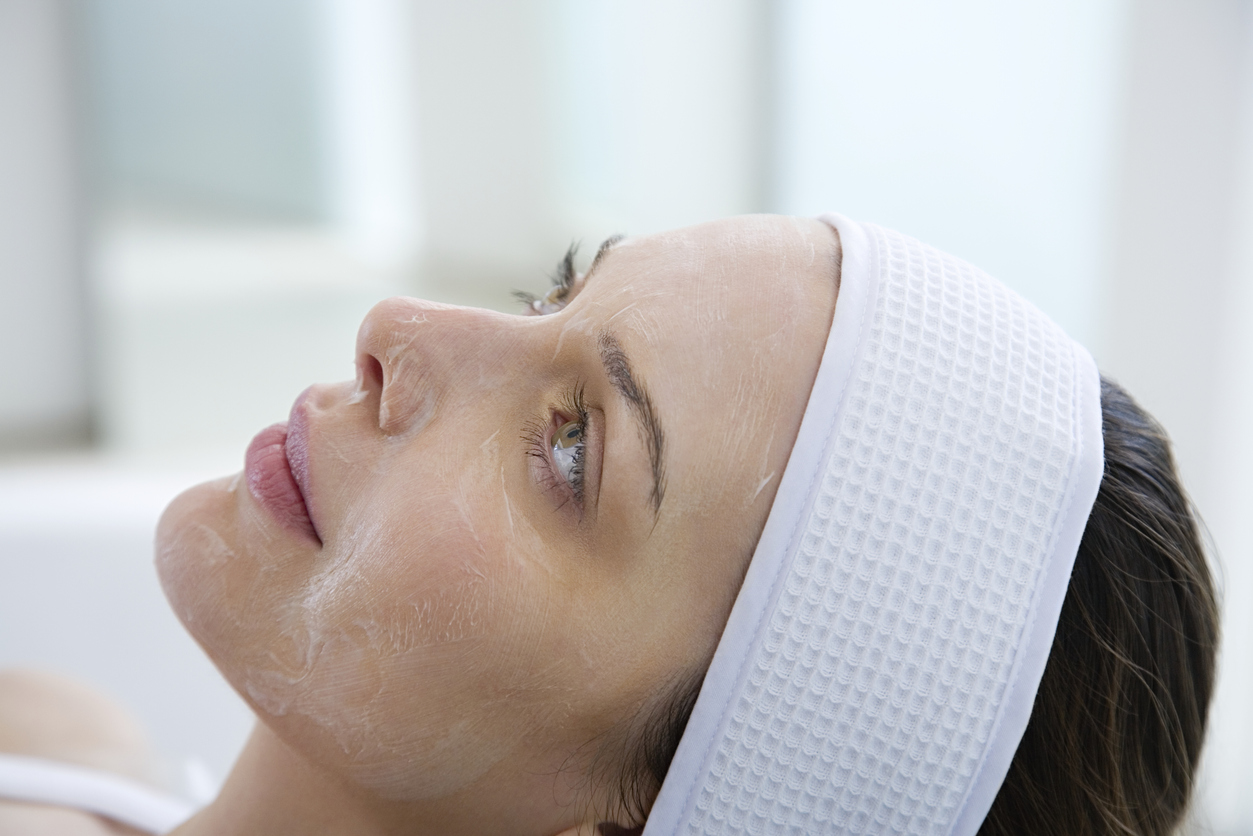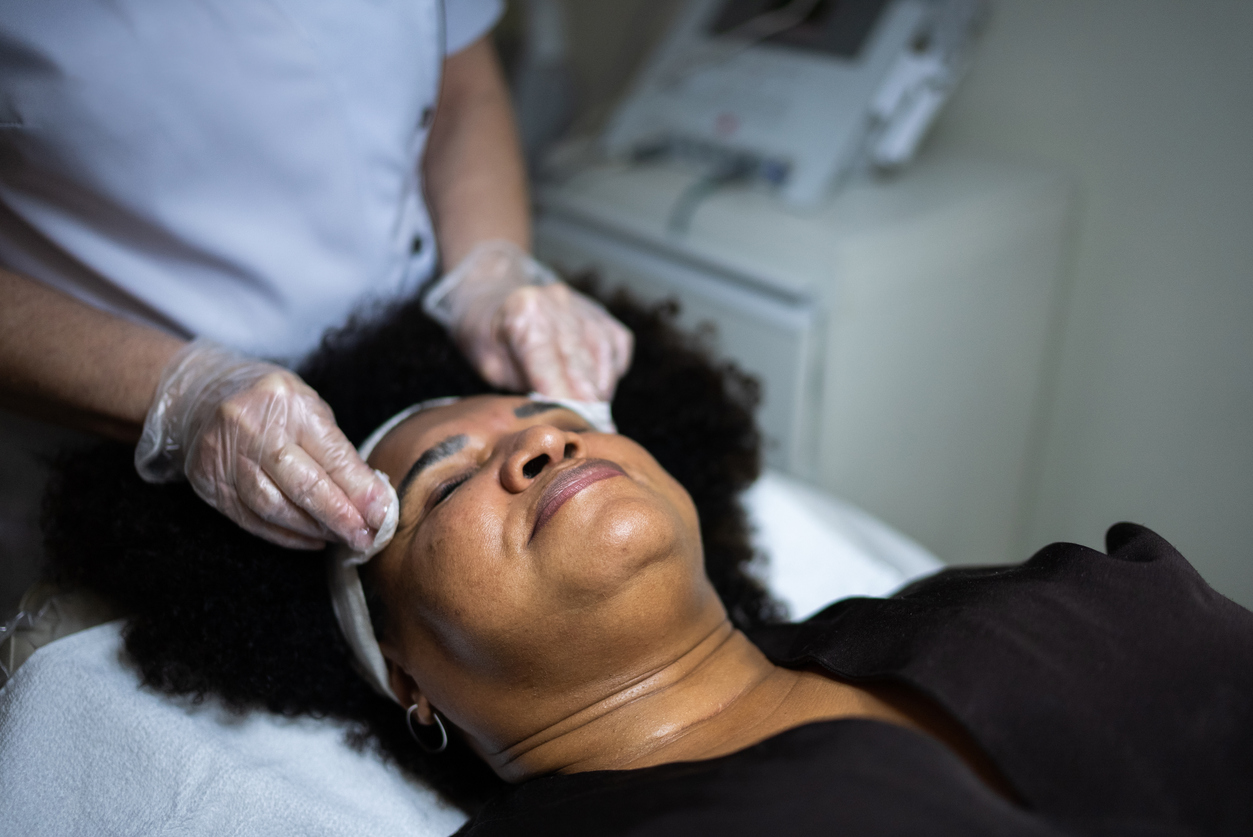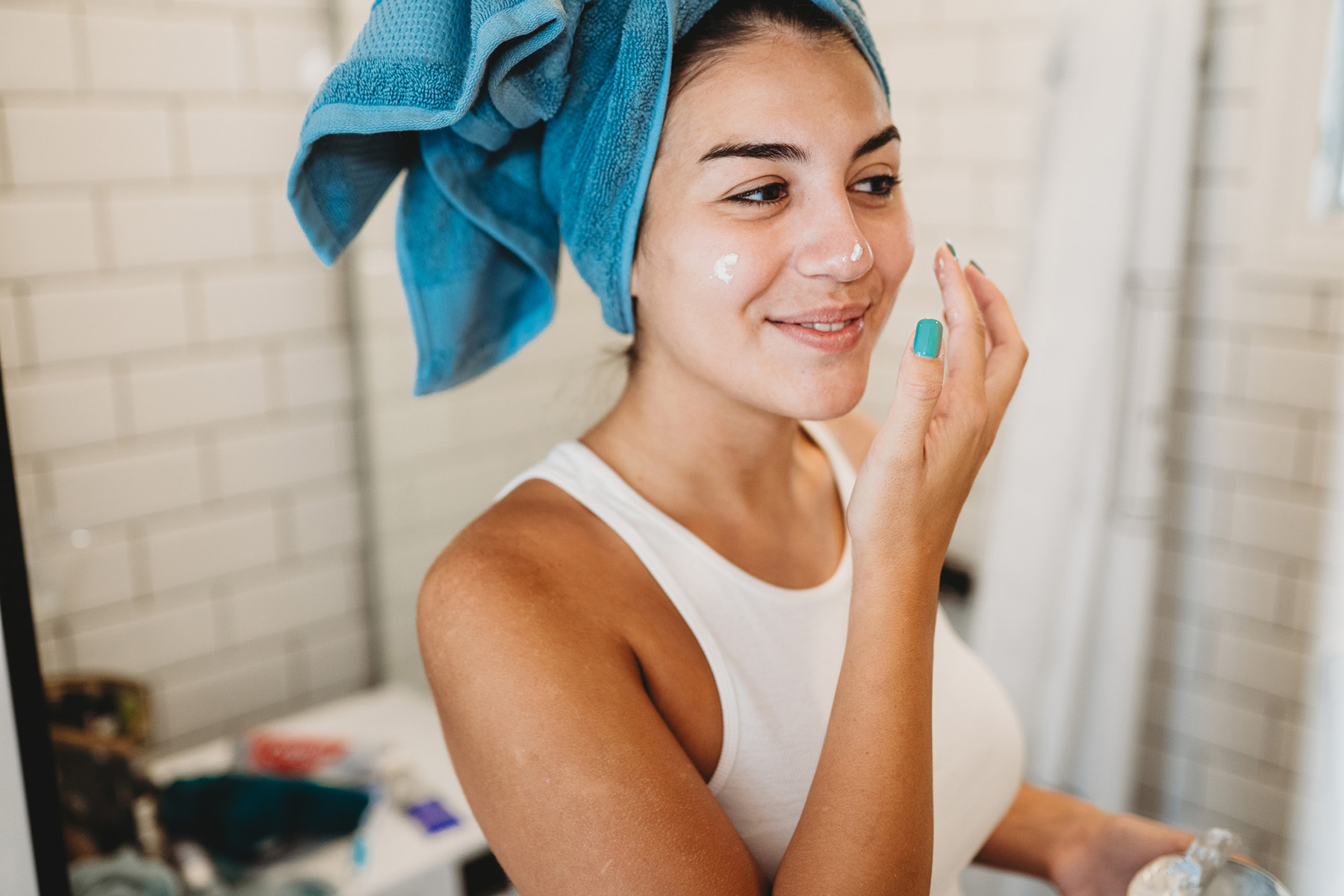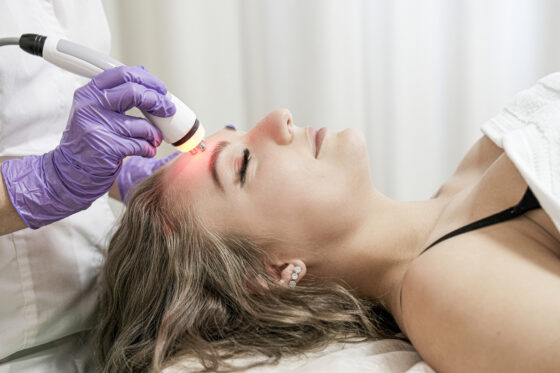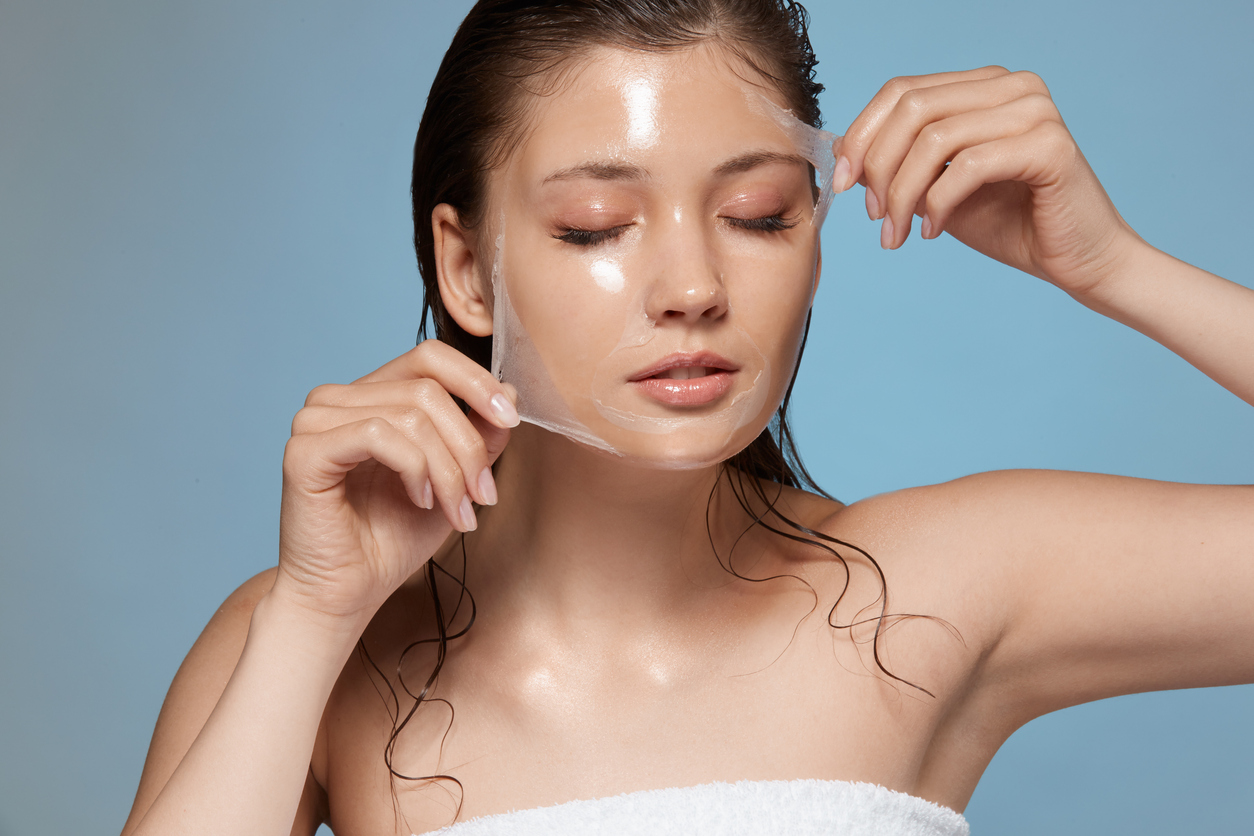Have you ever looked back at yourself in photographs taken five, ten, or fifteen years ago, and wondered what happened to your skin’s radiance and youthful glow?
Do you ever look in the mirror and notice dark spots, scars, or blemishes and wish they would magically disappear?
There are many skincare products and services available on the market for clear complexions and smoother, younger-looking skin, but the one that seems to make all the difference is a professional chemical peel.
What is a Chemical Peel?
Chemical peels are non-surgical, minimally invasive procedures performed at a dermatologist’s office or medical spa. The procedure involves applying a chemical product to the skin’s surface to remove the top layer, revealing a brighter, more youthful complexion.
What Does a Chemical Peel Do?
In our younger years, our skin is plump, firm, and even thanks to a steady supply of collagen and elastin – the two proteins responsible for maintaining the skin’s structure. After our early twenties, the production of these proteins declines, as well as the natural production of lipids, the fatty acids that keep the skin hydrated and soft.
Chemical peels not only provide a deep exfoliation to remove the dull, dead, or oily layer of the skin, but they also boost the production of the proteins and lipids needed for smooth, silky skin.
Chemical peels improve skin imperfections such as:
- Fine lines and wrinkles
- Photoaging (sun damage)
- Acne and blemishes
- Scars
- Tone and texture
- Pigmentation issues
- Overall complexion
Chemical Peel Cost
When it comes to asking “how much is a chemical peel?” there are many factors which determine the price you can expect to pay.
Some factors which determine a chemical peel cost are:
- Type of chemical peel: Light, medium, deep
- Active ingredient: AHA, BHA, TCA, phenol
- Expertise of the dermatologist
- Location of the dermatology office
- Consultation fees
- Anesthesia (optional)
- Medications (optional)
According to the American Society of Plastic Surgeons, the average cost of a chemical peel procedure in the USA in 2023 is $519 per treatment.
Chemical Peel Price
If you were thinking of asking your partner for a chemical peel for your birthday or anniversary present, you’d better get schmoozing. Unlike an at-home chemical peel, professional chemical peel procedures can be pretty expensive!
The chart below shows the average chemical peel price range in the USA.
| Type of Chemical Peel | Average Price Range |
| Light/ Superficial Chemical Peel – AHA | $200 – $600 |
| Light/Superficial Chemical Peel – BHA | $100 – $300 |
| Medium Chemical Peel | $300 – $1,000 |
| Deep Chemical Peel | $3000 – $6,000 |
Zohna Tip
Search sites like Groupon and LivingSocial for deals on chemical peels. Dermatologist offices often promote their services on discount sites for a fraction of the price!
Chemical Peels Before and After
Before deciding if a chemical peel is worth the investment for you, it is worthwhile to look at chemical peel before and after photos. Remember that results will differ for every patient, and you may need multiple chemical peel treatments to achieve the desired results!
Chemical Peel for Acne & Scars
View this post on Instagram
Superficial chemical peels significantly reduce the appearance of acne and scars. Exfoliating the surface layer of the skin unclogs pores and allows the skin to grow back smoother with fewer blemishes.
Chemical Peel for Dark Spots
View this post on Instagram
Dark spots caused by photoaging and sun exposure are reduced in as little as two to four chemical peel treatments. This lady’s skin has fewer dark spots, and her skin has grown back brighter and firmer after the chemical peel. BBL face is another great treatment for dark spots.
Chemical Peel for Hyperpigmentation
View this post on Instagram
Hyperpigmentation occurs due to excess melanin production in the skin. Sun damage, hormonal changes, and trauma to the skin can all contribute to hyperpigmentation. These before and after photos show a significant improvement in skin coloration three weeks after a single chemical peel treatment. Her skin is even in color and appears brighter and more hydrated than before the chemical peel.
Chemical Face Peel
View this post on Instagram
A Chemical face peel is a superficial peel using an AHA, BHA, or vitamin-based product. After a single treatment of a BHA chemical peel with salicylic acid, this lady’s skin is less oily, blemish-free, and noticeably hydrated and softer.
Body Chemical Peel
View this post on Instagram
Body chemical peels are performed to treat a variety of surface conditions, including wrinkles, discoloration, and stretch marks. Glycolic acid peels are best for body chemical peels as they stimulate collagen production for rejuvenated, smoother skin.
Chemical Peel Under Eye
View this post on Instagram
When applied carefully, chemical peels under the eyes deliver outstanding results. By stimulating collagen production and generating new skin cells, the skin around the eyes grows back firmer and smoother to minimize the appearance of crow’s feet, dark circles, and other skin imperfections under and around the eyes.
Arms Chemical Peel
View this post on Instagram
Dark underarms are often a symptom of acanthosis nigricans. It occurs in people with underlying medical conditions such as diabetes, obesity, or hormonal disorders. Dark areas on the skin occur when pigment cells multiply faster than usual. Discoloration on the arms isn’t a cause of concern, but some people get chemical peels on their arms for cosmetic reasons.
Legs and Feet Chemical Peel
View this post on Instagram
Chemical peels on the legs and feet are performed to brighten dull skin and even the skin tone. Feet and legs often show a lot of discoloration due to dark spots and freckles. Superficial chemical peels on legs and feet can remove dead skin cells for glowing skin.
Back Chemical Peel
View this post on Instagram
Back acne or ‘backne’ is a common skin condition, especially for people with oily skin. The back is prone to blemishes due to hormonal changes, wearing sweaty clothing, carrying backpacks, and wearing sports equipment. Chemical peels on the back are great for unclogging pores and reducing blemishes in a single treatment.
Chemical Peel on Hands
View this post on Instagram
Our hands are prone to discoloration because of how often they are exposed to sun and other external elements that cause the skin tone to appear uneven. Superficial chemical peels exfoliate the surface layer of the skin for a smoother, even complexion.
Chemical Peel for Lips
View this post on Instagram
Chemical peels offer incredible results all over the face, including around the lips. Lips tend to be a tell-tale sign of aging and age a lot faster than elsewhere on our face. After just one superficial chemical peel, this lady’s skin is smoother, softer, and even-colored all over her face. The skin around her lips is much plumper and firmer than before.
Chemical Peel Benefits
Chemical peels treat various skin conditions that occur due to the natural wear and tear of our skin.
The five most common chemical peel benefits are:
- Fine lines and wrinkles
- Correct sun damage
- Acne and blemishes
- Scars
- Pigmentation
Fine Lines and Wrinkles
As we age, our skin loses its natural elasticity due to decreased collagen production and elasticity. Our skin appears dull and flat due to the reduced production of lipids which keep the skin hydrated.Chemical peels remove the outer layer of the skin so that new skin can grow back brighter and smoother.
Superficial chemical peels exfoliate away dead skin cells and stimulate the production of collagen and elastin so that the new skin grows back firmer and softer. The results leave a hydrated, youthful appearance with visibly reduced fine lines and wrinkles. Medium and deep chemical peels may also be recommended to treat deep lines and wrinkles.
Correct Sun Damage
Sun damage, or photoaging, is common in aging and matured skin. It occurs when exposure to ultraviolet light hits unprotected skin, causing DNA changes at a cellular level. It happens in the deepest layer of the skin, the dermis, and can take years to appear.
Medium or deep chemical peels are used to penetrate the dermis layer of the skin and remove dark spots caused by sun damage. Trichloroacetic acid or highly concentrated glycolic acid peels are the most effective at burning away these signs of aging to reveal healthy, unblemished skin as it heals.
Acne and Blemishes
Acne and blemishes occur when hair follicles become clogged with dead skin, oil, and bacteria. By providing an intense exfoliation of the outer layer of the skin, a light chemical peel helps to shed the dead skin cells, unclog pores and reduce sebum. Stripping the skin of clogged pores allows the new skin cells to grow back smoother, firmer, and blemish-free.
Superficial BHA chemical peels with 30% salicylic acid are most often recommended for acne-prone skin. It is effective for exfoliating pores while providing anti-inflammatory properties to reduce redness and regulate oil. Over-the-counter products contain a maximum of 5% salicylic acid, so if you like the results of your salicylic acid face wash, a BHA chemical will be more than three times more effective!
Scars
Chemical peels can be effective at reducing the appearance of mild scarring from acne or a mild injury.
There are three classifications of scars:
- Atrophic: Net loss of collagen
- Hypertrophic: Net gain of collagen
- Keloidal: Net gain of collagen
Chemical peels are more effective at treating atrophic scars and are often recommended to treat atrophic acne scars. Atrophic scars are characterized by recessed areas of the skin that form when the skin is injured and unable to generate tissue.
Medium chemical peels reduce the appearance of acne scars and scars from mild injuries. TCA chemical peels penetrate into the epidermis and the dermis layer of the skin to remove the dead skin cells and allow the skin to grow back with an even texture.
Pigmentation
Chemical peels are one of the most effective treatments for pigmentation issues. Peels can correct discoloration and improve the skin’s overall tone and texture for an even complexion.
Chemical peels treat pigmentation concerns including:
- Hyperpigmentation
- Freckles
- Dark spots
- Discolouration
Superficial chemical peels can visibly reduce pigmentation concerns which are the result of excess melanin production. Removing the skin’s surface layer allows it to grow back to its natural color to match the rest of the skin.
Hyperpigmentation is when the skin produces extra melanin, resulting in dark patches. Hypopigmentation occurs when the skin loses melanin due to injury or hormonal changes. If a chemical peel is applied incorrectly or a deep peel is applied to dark skin, it can result in unwanted hypopigmentation.
Types of Chemical Peels
There are three major classifications that dermatologists use to categorize chemical peels based on the layer of skin they penetrate into.
The three classifications of chemical peels are:
- Light or superficial chemical peels
- Medium chemical peels
- Deep chemical peels
Light Chemical Peel
Light or superficial chemical peels are the most routinely performed in dermatologist offices. Light chemical peels use Alpha Hydroxy Acids (AHAs) or Beta Hydroxy Acids (BHAs) to stimulate collagen production and separate the dead skin from healthy skin so it can be exfoliated away. It removes the outer layer of skin (epidermis) to reveal smoother, younger-looking skin. They are non-invasive, require minimal downtime, and can be performed in as little as 30 minutes.
Light chemical peels are used to improve:
- Fine lines
- Skin texture
- Acne and blemishes
- Dryness
- Oil production
Medium Chemical Peel
Medium chemical peels penetrate deeper into the skin to reveal noticeably smoother and younger-looking skin after one treatment. They typically use trichloroacetic acid or peels with higher concentrations of glycolic acid to remove the outer layer (epidermis) and the upper-middle layer (dermis) of the skin. They are considered minimally invasive, with approximately a one-week downtime.
Medium chemical peels are used to improve:
- Wrinkles
- Acne scars
- Scars
- Uneven skin tone
Deep Chemical Peel
Deep chemical peels are the harshest type of chemical peel and are usually only recommended for deep wrinkles, scars, or precancerous growths. They use strong chemicals like carbonic acid (phenol) to penetrate into the dermal layer of the skin and remove deep skin cells. This type of peel is the most invasive, requiring patients to be given intravenous painkillers and sedatives, and it takes two weeks for treated areas to regrow new skin cells.
Deep chemical peels are used to improve:
- Precancerous growths
- Extensive sun damage
- Deep scars
- Prominent wrinkles
Chemical Peels Based on Active Ingredients
There are four primary categories of chemical peels based on their active ingredient:
- Alpha Hydroxy Acids (AHAs)
- Beta Hydroxy Acids (BHAs)
- Trichloroacetic Acid Peels (TCA)
- Phenol Peels
The chart below provides an overview on each type of chemical peel based on their active ingredient.
| Types of chemical peel | Properties |
| Alpha Hydroxy Acids (AHAs) |
|
| Beta Hydroxy Acids (BHAs) |
|
| Trichloroacetic Acid Peels (TCA) |
|
| Phenol Peels |
|
Jessner’s Chemical Peel
Jessner’s chemical peels use Jessner’s solution to break down the surface layer of the skin to reveal brighter, youthful skin. Jessner’s solution is a type of superficial or light chemical peel containing lactic acid and salicylic acid with a small amount of citric acid. Dermatologists often combine Jessner’s solution with trichloroacetic acid (TCA) or highly concentrated glycolic acid for a medium chemical peel.
Jessner’s chemical peels are used to improve:
- Dark spots
- Fine Lines
- Acne scars
- Reduce melasma and pigment imperfections
A Jessner’s chemical peel is an effective peel to treat more problematic skin conditions in people with light and dark skin tones.
Vitamin C Chemical Peel
Vitamin C chemical peels are a type of superficial chemical peel with AHA and a high concentration of vitamin C. This type of peel treats the surface layer of the skin by acting as an antioxidant to neutralize free radicals caused by sun damage, cigarette smoke, and other pollutants. A vitamin C chemical peel reveals brighter skin and evens the skin tone for a healthy glow while providing an antibacterial effect to cleanse the pores and treat acne.
Vitamin C chemical peels are used to improve:
- Sun damage
- Blemishes
- Dull skin
Retinol Chemical Peel
Retinol is a form of naturally or synthetically derived vitamin A. Like vitamin C, it does not fall under the AHA or BHA family. Retinol chemical peels are a type of superficial peel that use vitamin A to stimulate the production of new skin cells. When applied as a chemical peel, retinol penetrates the surface layer of the skin to assist with the production of collagen, allowing new cells to replace damaged cells. It also helps unclog pores and treat blemishes.
Retinol chemical peels are used to improve:
- Sun damage
- Increase collagen production
- Skin elasticity
- Soften the appearance of fine lines and wrinkles
- Acne and blemishes
Day by Day Chemical Peel Recovery
Chemical peel recovery times depends on the type of peel you get and your skin’s sensitivity.
- Light/superficial chemical peel: 3 to 4 days recovery
- Medium chemical peel: 5 to 7 days recovery
- Deep chemical peel: Up to 2 weeks recovery
Keep reading for what you can expect in your day-by-day chemical peel recovery.
Day 1
You will notice some tingling, swelling, and redness. Stay out of the sun and avoid intense exercise. Use only cold water to lightly wash your face if your skin feels irritated and you need to soothe it.
Day 2
Your skin will feel slightly sunburned. You may shower 24 hours after your chemical peel. Avoid direct exposure to sunlight. Wear a nutrient-rich moisturizer and apply an SPF 30 sunscreen before going outdoors. Avoid intense exercise.
Day 3
Most people experience some peeling and flakiness on day three following their chemical peel. Do not pick at your skin or peel it! It is crucial to allow the skin to shed naturally on its own. Avoid wearing makeup and keep applying moisturizer and sunscreen. You may resume moderate exercise.
Day 4
Your skin will likely continue to peel and look flaky. Do not peel your skin. You may resume normal activities, including exercise and indirect sun exposure if your skin is no longer red and puffy.
Days 5+
Most of your skin should have peeled naturally by day five. On day five of recovery from a light or medium chemical peel, you may resume most normal activities, including light exfoliation as part of your skincare routine. Avoid tanning in direct sunlight and extreme heat for at least two weeks following your chemical peel. Wait at least two weeks before using your derma roller.
Chemical Peel Aftercare
Following proper chemical peel aftercare instructions is crucial following any chemical peel treatment. Your dermatologist should provide you with an information package during your initial consultation or at the time of your chemical peel treatment. Improper aftercare can result in a chemical peel gone wrong, even when performed by the most advanced skincare experts.
What to Put on Face After Chemical Peel
For the first week after a chemical peel, your skin will be very sensitive to chemical products. Use a non-comedogenic moisturizer and a gentle cleanser designed for sensitive skin.
Look for products that are labeled:
- Fragrance-free
- Hypoallergenic
- Free of acids and exfoliants
- Free of retinoids
Always apply a sunscreen of SPF 30 or higher before you go outdoors. You can use aloe vera to soothe the skin 24 hours after your chemical peel.
What to Do and Avoid After Chemical Peel
Your dermatologist should provide you with specific recommendations for what to do and what to avoid after your chemical peel, based on the type of peel that was performed.
The three most important chemical peel aftercare tips are:
- Do not touch the treated area: Avoid peeling, picking, and scratching your skin.
- Avoid intense exercise, tanning, and saunas: Increased blood flow to the skin following a chemical peel can intensify warming, itching, and redness.
- Do not use skincare products with active ingredients: Using acidic skincare products will disrupt the healing process and can lead to burns, scarring, and other complications.
The chart below provides a brief overview of what to do and what to avoid after a chemical peel.
| What to Do After Chemical Peel | What to Avoid After Chemical Peel |
|
|
Deep Chemical Peel Black Skin
A light superficial chemical peel is the best chemical peel for dark and black skin. Superficial chemical peels remove the outer layer of the skin so that the skin grows back smoother and more even-toned. Dermatologists do not recommend a deep chemical peel on black skin as the treatment can strip excess melanin, resulting in unwanted hypopigmentation.
Best Chemical Peel for Hyperpigmentation on Black Skin
Dermatologists say the best chemical peel for hyperpigmentation on black skin is a superficial chemical peel using a BHA or AHA product. Salicylic and glycolic acid are both exfoliating and effective at treating oily and acne-prone skin and removing damaged skin cells.
Medium peels using trichloroacetic acid (TCA) between 10% and 30% might be offered to treat severe cases of hyperpigmentation on darker skin tones. Dermatologists recommend a TCA peel with no more than 25% concentration to avoid damaging black skin.
Chemical Peel Before and After Black Skin
View this post on Instagram
Wow! This lady’s skin got a total makeover in just eight weeks of treatment with chemical peels for hyperpigmentation. Dermatologists recommend a superficial peel once every two weeks for eight weeks for the best chemical peel for hyperpigmentation on black skin.
Microneedling vs Chemical Peel
Microneedling and chemical peels improve the skin’s overall appearance. Microneedling involves micro-punctures to stimulate the skin’s natural collagen production. Chemical peels also stimulate collagen production but primarily resurface the superficial layer of the skin. Microneedling is best for tightening skin and breaking up scar tissue, whereas chemical peels reduce the appearance of dark spots and fine lines.
Microdermabrasion vs Chemical Peel
Microdermabrasion and chemical peels are both non-invasive, non-surgical procedures that involve exfoliating the top layer of the skin. The difference is that microdermabrasion is manual exfoliation, and chemical peels apply acidic solutions to penetrate the skin and exfoliate. Microdermabrasion is recommended for dry skin, and chemical peels are more suitable for people with oiler skin who benefit from the added chemical advantages. Fibroblast skin tightening is recommended for people looking for tighter skin.
FAQ
How Long Does a Chemical Peel Take?
Chemical peels are applied to the skin for anywhere between 30 and 90 minutes. Stronger phenol peels may only stay on the skin for 15 minutes. The entire appointment takes under an hour for a 30-minute peel, including application time and applying a neutralizing solution at the end of the procedure.
How to Speed Up Peeling After Chemical Peel?
There is no proven or safe way to speed up the healing process following a chemical peel. Skin will start to peel naturally on its own a few days after the procedure. It is important not to pick at the skin or try exfoliating to speed up the peeling. Doing so can result in irritated skin and possibly scarring. The best way to care for your skin is to keep it hydrated by applying moisturizer and drinking plenty of water.
Do Chemical Peels Hurt?
You will feel a slight burning or tingling sensation during a chemical peel for several minutes when the solution is applied. The procedure may cause discomfort but is not particularly painful.
Are Chemical Peels Safe?
Chemical peels are a safe and minimally invasive procedure when they are performed by a professional dermatologist or medical esthetician.
How Long Does a Chemical Peel Take To Heal?
Light and medium chemical peels take one to two weeks to fully heal. Deep chemical peels require at least two weeks of downtime and will take up to a month for the skin to fully recover.
How Long Does a Chemical Peel Last?
The benefits of light chemical peels last up to two months. You can extend the benefits of your chemical peel for longer with regular exfoliation and proper skincare. The result of medium chemical peels lasts several months. Deep chemical peel benefits can last for several years.
How Often Should You Get Chemical Peels?
Light chemical peels can be done as regularly as once a month. Medium and deep chemical peels should only be performed every four to six months.
Can I Shower After a Chemical Peel?
Wait 12 to 24 hours to shower after a chemical peel. Your skin should be kept as dry as possible following a chemical peel. Heat can aggravate your skin after a chemical peel. Shower with warm water and do not exfoliate your skin for the first week after a chemical peel.
Final Thoughts
Chemical peels are an effective way to reverse signs of aging and revitalize your skin. Life is too short not to love the skin you are in, so what are you waiting for? Beautiful skin is only a peel away!







































